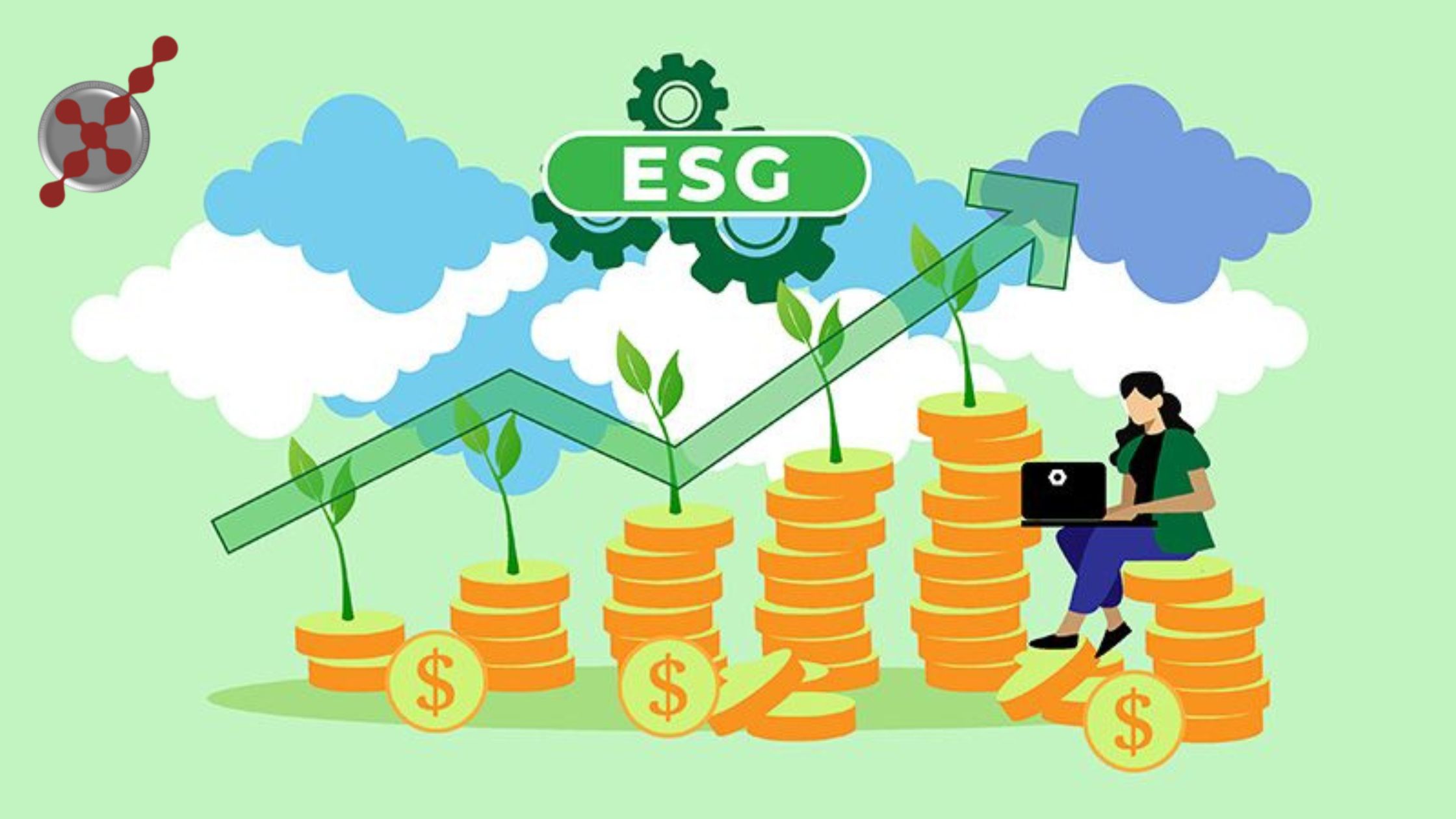ESG analysis has become an increasingly important part of the investment process. For investment professionals, a key motivation in considering environmental, social, and governance (ESG) issues as part of their financial analysis is to gain a comprehensive understanding of the companies in which they invest.
Interested in accelerating your career? The Certificate in ESG Investing offers you both practical application and technical knowledge in the fast-growing field of ESG.
What Is ESG Investing?
ESG stands for Environmental, Social, and Governance. Investors are increasingly applying these non-financial factors to their analysis process to identify material risks and growth opportunities. ESG metrics are not commonly part of mandatory financial reporting, though companies increasingly make disclosures in their annual or standalone sustainability reports. Numerous institutions, such as the Sustainability Accounting Standards Board, the Global Reporting Initiative, and the Task Force on Climate-related Financial Disclosures, are working to form standards and define materiality to facilitate the incorporation of these factors into the investment process.
What is driving the rise of environmental, social, and governance (ESG) investing, and what does that mean for the financial industry? Explore our Guide to ESG Investing to learn more.
Key ESG Factors
There is no definitive taxonomy of ESG factors. ESG factors are often interlinked, and it can be challenging to classify an ESG issue as only an environmental, social, or governance issue, as shown in the example below.
These ESG factors can often be measured (e.g., what the employee turnover for a company is), but it can be difficult to assign them a monetary value (e.g., what the cost of employee turnover for a company is).


